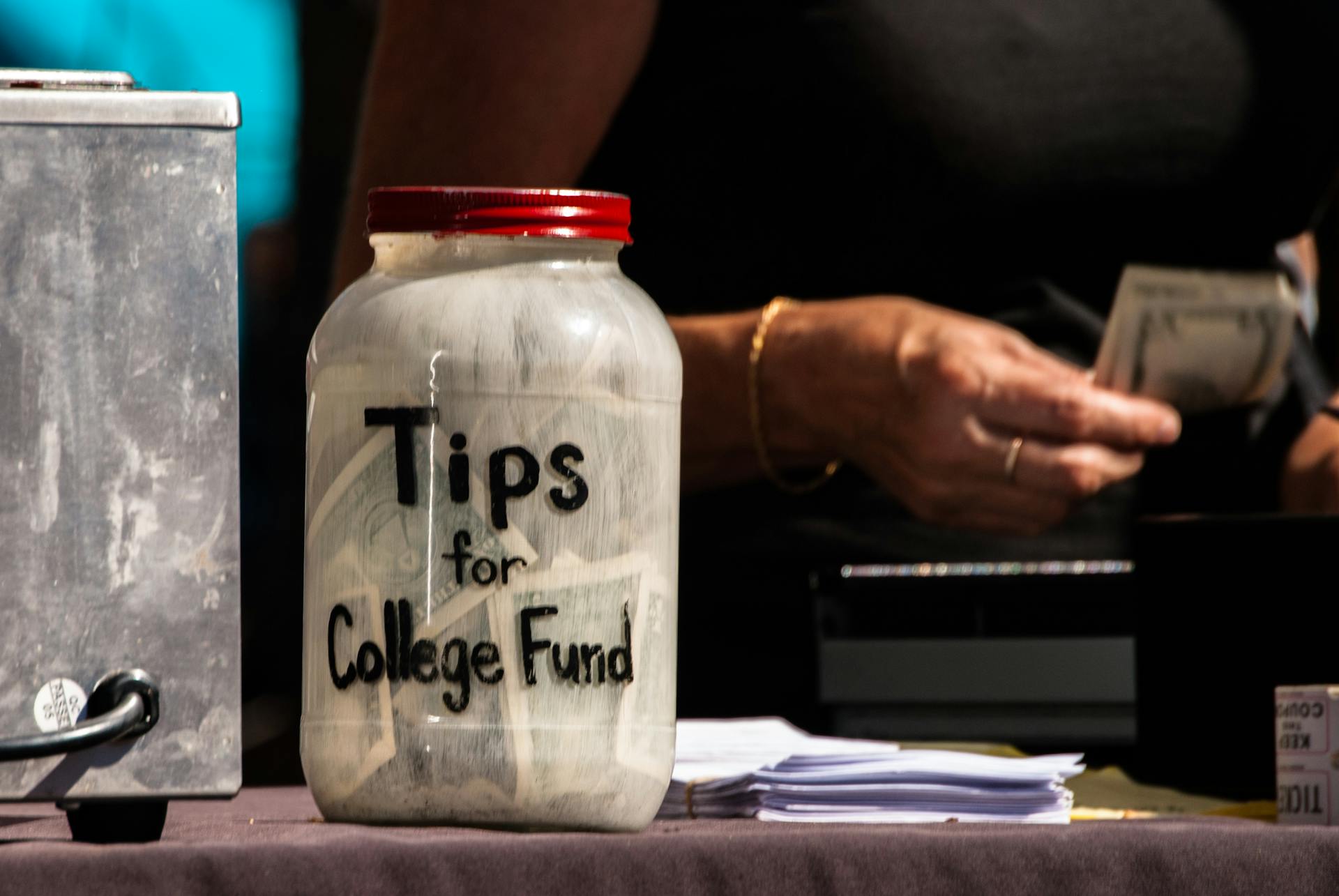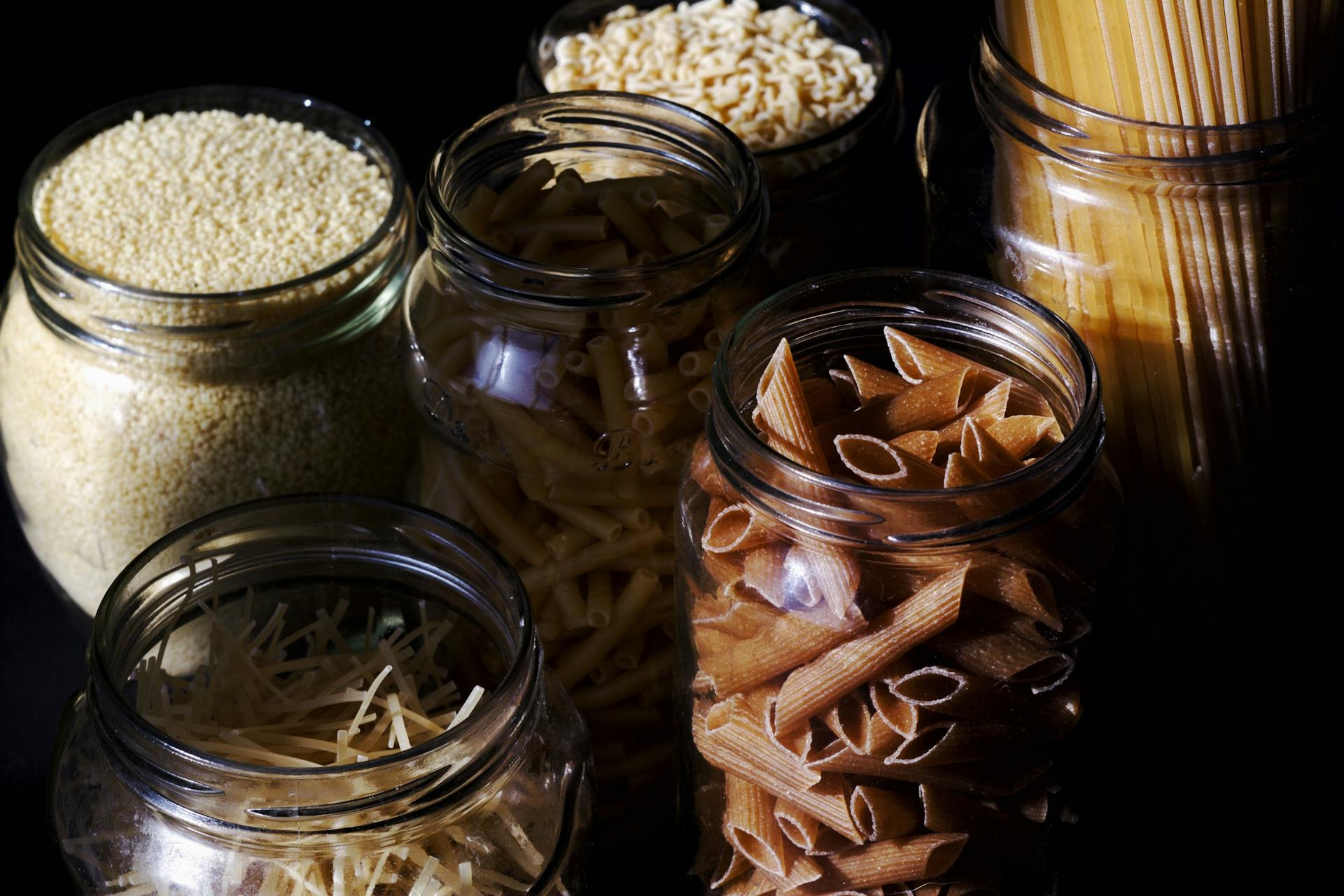
Yes, diabetics can eat tomato sauce! Most healthcare providers agree that tomato sauce is a safe and nutritious food option for people with diabetes. The lycopene found in tomatoes has been known to reduce the risk of certain cancers and even lower cholesterol levels. The American Diabetes Association states that it is okay for those with diabetes to include tomato sauce as part of their healthy diet plan, as long as it fits into the daily carbohydrate allowance.
Although most types of commercially prepared or store-bought tomato sauces are not recommended because they are often high in sugar and sodium, people with diabetes should look out for no-sugar added or low-sodium varieties which will provide important nutrients like essential vitamins A, C and K, while being mindful of the carbohydrate count per serving size. Home-made sauces can also be a healthier option than store bought varieties by allowing you to choose what ingredients you want to include in your dish and controlling how much sugar and salt you add.
Overall, tomatoes can make an excellent part of a diabetic’s meal plan but just remember when at the grocery store there may be nutritional differences between brands so always read labels carefully before purchasing.
Check this out: Buy Low Sodium Ramen Noodles
Can diabetics eat French fries?
Yes, diabetics can eat French fries as long as they take into account their blood sugar levels and the amount of carbohydrates in each serving. French fries are typically carbohydrate-rich — about 20g per large serving. As with any food eaten by diabetics, monitoring portion size and glycemic index is important.
A great way to enjoy French fries without skyrocketing your blood sugar levels is to opt for low-carb alternatives made using alternative starches such as broccoli or sweet potatoes instead. Baked potato wedges are also a great option, as they contain fewer carbohydrates than traditional deep fried french fries they’re a better choice for those with diabetes.
When making homemade french fries, consider using olive oil or avocado oil over vegetable or canola oil to lower saturated fat and trans fat content. Furthermore adding herbs and spices can make these homemade ‘fries’ even tastier while still providing many health benefits for diabetics. Eating well balanced meals including complex carbohydrates like sweet potatoes or brown rice will help ensure that your body gets the nutrients it needs while controlling glucose levels in the bloodstream effectively
In short, having diabetes doesn't mean you have to completely cut out high carb foods including French Fries from your diet; measuring portions appropriately and choosing healthy ingredients can still allow you to enjoy these delicious treats on occasion---just remember moderation!
A unique perspective: French Bulldogs Eat Eggs
Can diabetics eat pizza?
Yes, diabetics can enjoy pizza as part of their diet – but it’s important to take a few precautions. Eating pizza can raise your blood sugar levels, which is why it’s important to watch your portion size and choose a healthier version.
When picking out a pizza, opt for whole wheat crust instead of white flour crust, as this has more fiber which slows down the absorption of glucose from other foods in the meal. You should also cut back on fatty ingredients like added meats or extra cheese, and opt for pizza sauces that are rich in vegetables such as tomatoes or mushrooms. Additionally, skip sugary toppings like fruit or honey mustard sauce.
If you're looking for an even healthier option, there are also some brands that specialize in lower carb pizzas with alternative grains like cauliflower and broccoli as the base ingredient instead of wheat flour. These don't have quite the same texture as regular dough-based pizzas but they still offer plenty of crunchy bite with generous toppings – making them an enjoyable culinary experience nonetheless! Lastly, it’s always a good idea to pair your meal with nutrient-rich sides such as salads or roasted vegetables—this helps keep your blood sugar levels stable throughout the day by helping you replace carbohydrates with proteins and fats during meals.
With all that said – yes! Diabetics can definitely eat pizza when done right – so go ahead and indulge occasionally without feeling guilty about yourself!
You might like: Diabetics Eat Ramen Noodles
Can diabetics consume sugar-free soda?
Yes, diabetics can consume sugar-free sodas. Sugar-free sodas are typically sweetened with either artificial sweeteners or calorie-free alternatives like stevia. This means that the soda won't contain any added sugars, which is beneficial for those with diabetes who need to monitor their intake of simple carbohydrates such as glucose, sucrose and fructose.
When choosing sugar-free soda it is important to read the label careful and look out for added sugar substitutes that could still cause a spike in blood glucose levels, such as maltodextrin or corn syrup solids. It is also advisable to avoid high amounts of caffeine which may affect insulin sensitivity and increase your risk of developing type 2 diabetes if consumed in excess.
For people with diabetes, it is also important to be mindful of portion size when consuming sugar-free soda as even though these drinks do not contain added sugars they still have the potential to impact blood glucose levels through other ingredients used for flavor or texture such as emulsifiers or preservatives found in the beverages; therefore regular consumption should be avoided if you wish to maintain healthy blood glucose levels. Finally please bear in mind that just because an item reads ‘sugar free' - this does not necessarily mean that it will be good for your health!
You might like: Gluten Free Cream
Are there any dietary restrictions on diabetics?
Living with diabetes can feel overwhelming. From managing your blood sugar levels to understanding how different foods can affect your body, it’s important to proactively take steps to ensure you make smart food decisions. Are there any dietary restrictions on diabetics?
The simple answer is yes, there are dietary restrictions for people living with diabetes as certain foods can cause spikes in blood sugar levels and impact overall health if not managed properly. Generally speaking, it’s recommended that diabetics focus on meals that:
•Are low in refined sugars & carbohydrates.
•Contain healthy fats.
•Include a variety of lean proteins such as fish & skinless poultry.
•Eliminate sugary drinks or soda such as regular sodas and fruit juices.
Drinks like tea or coffee (without added sugars) are appropriate beverages for people living with diabetes. Eating frequent meals throughout the day is also beneficial since keeping your blood sugar at a consistent level helps manage other any symptoms connected to diabetes more easily. Lastly, it’s important for patients with diabetes get personalized advice from their physician so they can best meet their individual needs when deciding what foods to eat and when.
In conclusion, diabetics do have dietary restrictions but with the right plan tailored to one's specific needs by a health care provider, individuals have the opportunity to eat well while still having flexibility within these parameters in terms of portions sizes and food choices. Taking small steps eventually leads to better control over symptoms related to diabetes over time!
Suggestion: Autistic People
Can diabetics eat high-fiber foods?
As we know, diabetes is a chronic medical condition that affects how your body processes glucose, or sugar. The result of having diabetes means constantly regulating the amount of blood sugar in your body due to having too much or too little. Therefore, it’s important to consider what type and how much food you are eating as part of managing diabetes.
When it comes to diabetics and high-fiber foods, the answer isn’t quite straightforward. High fiber foods can be beneficial for their ability to help regulate blood sugar levels by slowing digestion and preventing sudden spikes in blood sugar levels – all key benefits for those who have diabetes. However, all this needs to be balanced with other components of a diabetic diet plan such as controlling carbohydrates and overall calorie intake.
The best way for diabetics to approach high-fiber foods is by consuming them in moderation and pairing them with healthy proteins such as lean meats or fish instead of carbohydrates like breads/grains which can cause wild fluctuations in glucose levels if eaten excessively or immoderately throughout the day (especially when people have type 2 Diabetes). If a diabetic chooses to incorporate high-fiber foods into their daily diet it may also be important for them adjust the dose of their insulin if they take any so that there aren't any unpleasant side effects from the slow digestion caused by eating these certain types of food sources.
Keeping careful track any changes made page adding new items like increasing fiber will also allow proper regulation while still allowing you enjoy these delicious experiences without worrying about side effects which can put someone with diabetes at risk health wise under normal circumstances But most importantly speak with your doctor before making an substantial dietary decisions when diagnosed with Diabetes,as they will provide specialized advise tailored specifically around your type needs.
Readers also liked: Puppies Eat Dry Food
Are there any particular types of tomatoes diabetics should avoid?
While there is no evidence that any particular type of tomato is bad for diabetes, it makes sense to be mindful when buying and eating tomatoes if you have diabetes. While all tomatoes are low in calories and a great source of vitamin C, they also contain sugar and carbohydrates. For diabetics, it's important to monitor the amount of sugar and carbs consumed from all sources.
Certain types of tomatoes may contain higher amounts of sugar or carbohydrates than others. As an example, cherry tomatoes generally have more natural sugars than other types such as Roma or plum tomatoes. That said, cherry tomatoes can still easily fit into a healthy diet for diabetics; It’s just important to keep track how much you consume throughout the day.
The primary concern when choosing which type of tomato to buy as a diabetic should be freshness rather than variety. Since canned or processed foods tend to contain added sugar or preservatives which make them much less healthy for diabetes, try to opt for fresh produce whenever possible instead! Furthermore, if purchasing canned products like marinara sauce made with spinach and artichoke hearts – make sure the nutrition label does not include hidden high-fructose corn syrup in the ingredients list which is one common culprit amongst processed foods that could prove dangerous for many living with diabetes. Overall - simply prioritize getting freshly picked fruits & veggies over pre-packaged versions - whether it's bell peppers & onions atop your pizza or diced up Roma Tomatoes used in endless recipes!
Featured Images: pexels.com


